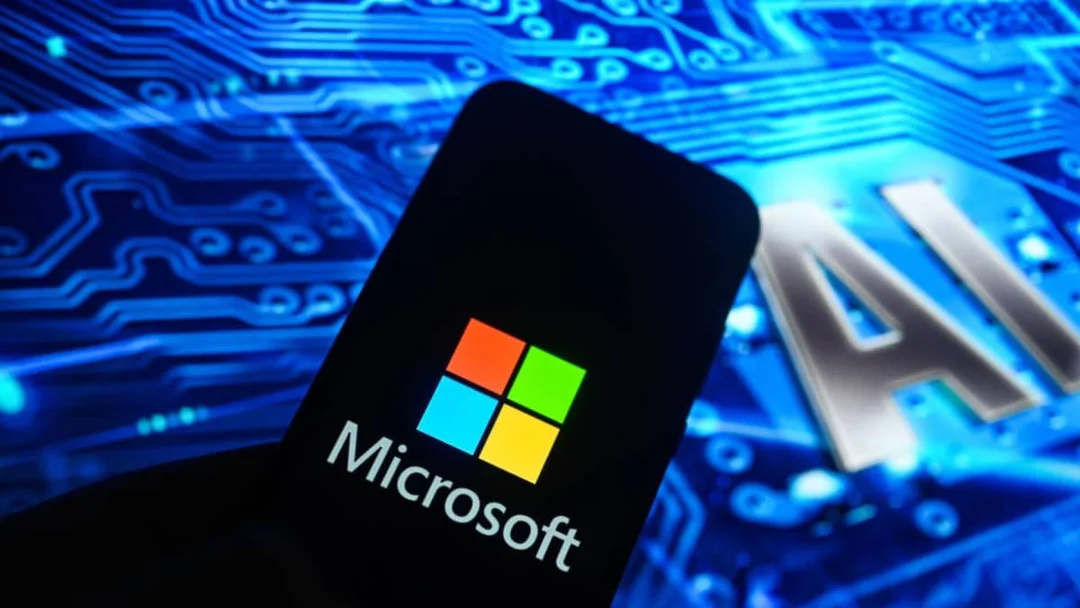
Microsoft’s Recall Feature Sparks Privacy Concerns: How to Protect Your Data
Microsoft's new Recall feature, designed to capture snapshots of your desktop every few seconds, has ignited a heated debate over privacy and security. While touted as a powerful tool for remembering tasks and files, its potential for misuse and data breaches has left many users deeply concerned. Is this AI-driven memory aid a helpful assistant or a privacy nightmare waiting to happen?
What is Recall? At its core, Recall is an AI feature that continuously saves snapshots of your desktop, allowing you to search for information using natural language. Imagine effortlessly retrieving that forgotten recipe or pinpointing where you saved a crucial document. Microsoft claims this data is processed locally, but the thought of constant monitoring raises significant questions about data handling.

The backlash stems from the feature's ability to capture sensitive information, including passwords and messages from encrypted apps like WhatsApp and Signal. Cyber expert Kevin Beaumont warns that even deleted messages can be captured, jeopardizing private conversations. Ars Technica points out a concerning scenario: if User A communicates with Users B through Z, anything User A sends them will be screenshotted (even without User A consenting), processed with optical character recognition and Copilot AI, and stored in an indexed database on the other users’ devices.
How to Disable Recall Fortunately, Microsoft offers ways to mitigate these risks. To disable Recall, navigate to Settings > Privacy & Security > Recall & Snapshots and toggle off "Save snapshots". This will temporarily halt the snapshot process, however, some users have taken additional steps to prevent Recall from automatically re-enabling. Removing biometric authentication (fingerprint or facial recognition) is cited as one effective method.

While some users search for methods to completely delete Recall, it's important to note that the feature is integrated into explorer.exe, an essential Windows component. Attempting to modify this file carries significant security risks and could expose your system to malware. Disabling Device Encryption (or BitLocker) is another way to prevent Recall from working, but this will leave every file on your PC freely accessible to anyone that gains physical access to it.
The controversy surrounding Microsoft's Recall highlights the delicate balance between innovation and privacy. As AI continues to permeate our digital lives, understanding the potential risks and implementing necessary safeguards is crucial. Companies must prioritize user privacy while developing new features.

The situation raises important questions: How much personal data are we willing to sacrifice for convenience? What measures should companies take to ensure user privacy in the age of AI? Share your thoughts and concerns in the comments below. Let's discuss the future of privacy in an increasingly AI-driven world.